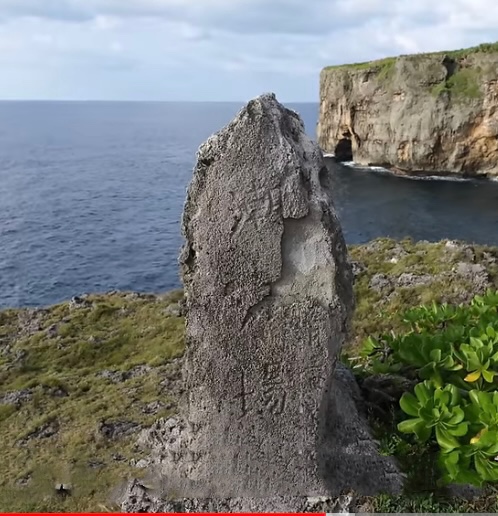
Located on the eastern coast of Miyako Island, Shichimata Coast is known for its steep, rugged cliffs. This area reflects the intersection of harsh natural surroundings and the resourcefulness of island life, with its most symbolic feature being the “Saltwater Drawing Site” (潮汲場, Shiokumiba). In a region where direct access to the ocean was difficult, people long ago created this site to collect seawater essential to their daily lives.
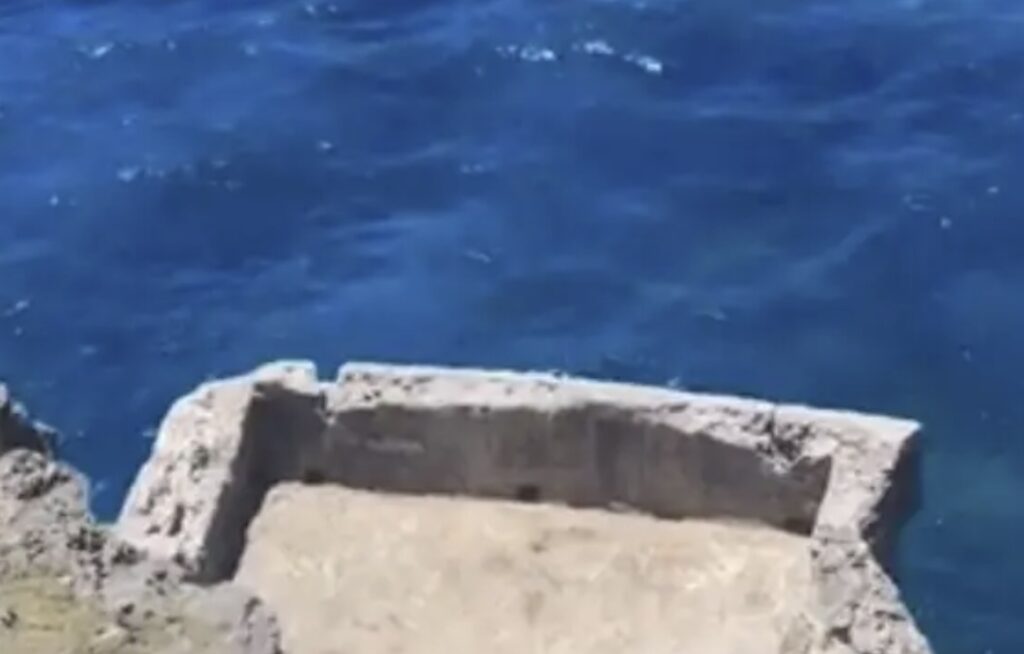
The site is now accessible via a well-maintained stairway that descends along the cliff. At the bottom, visitors will find a concrete structure jutting out toward the sea, resembling a balcony. This was once the very platform where locals would draw seawater using buckets, using it to make traditional island salt and nigari (bittern) for tofu, both essential to Miyako’s traditional food culture.
Nearby, there’s a small stone monument engraved with the words “潮汲場” (Saltwater Drawing Site). Though the text has weathered over time and is difficult to read, it remains a valuable relic that preserves the memory of the islanders’ daily life.
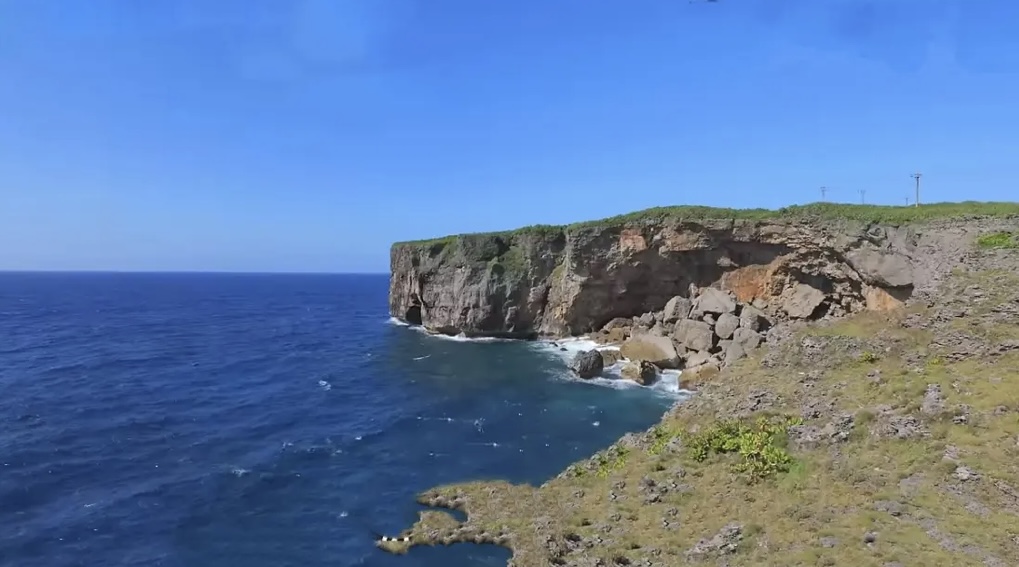
Today, the site continues to be popular with both anglers and tourists. The surrounding area is free from invasive plants like pandanus and leucaena trees, and instead features well-maintained natural grass. This soft greenery provides a gentle and welcoming contrast to the harsh cliffside environment.
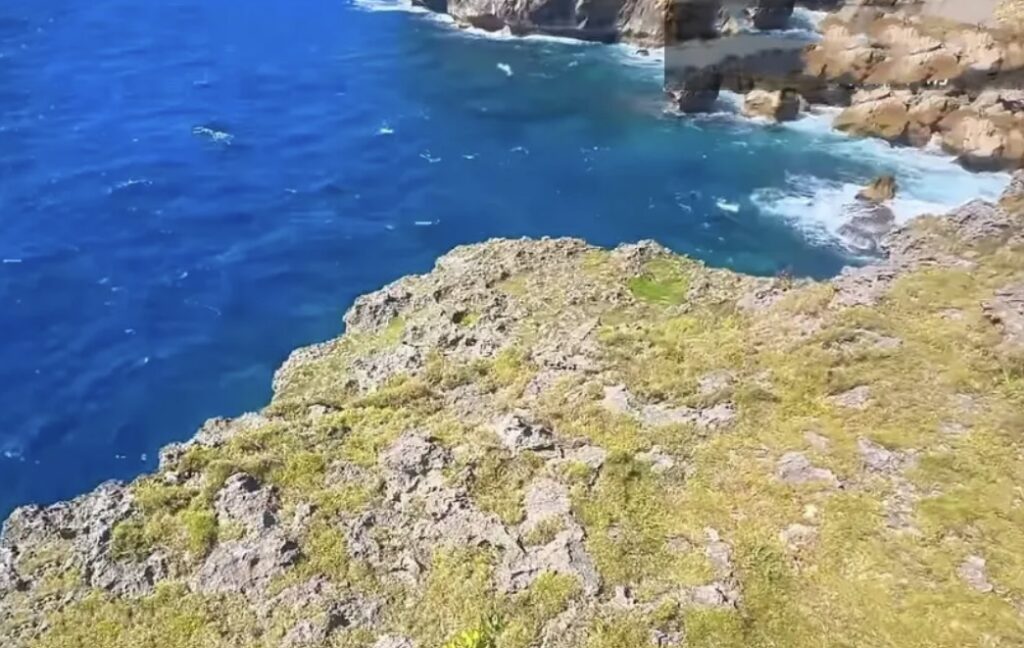
The Saltwater Drawing Site at Shichimata Coast is a powerful symbol of how Miyako Island’s people once coexisted with nature, making the most of its resources. It remains a beloved place where visitors can sense the past while enjoying the serene beauty of the present—a truly meaningful spot for those looking to connect with the island’s heritage.
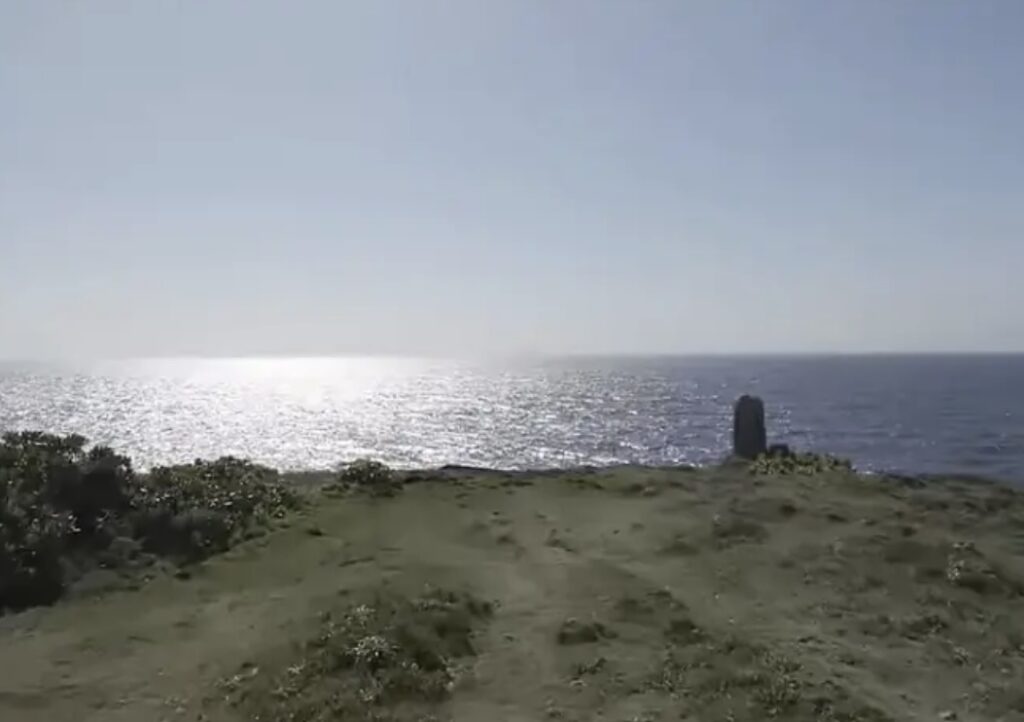








最近のコメント